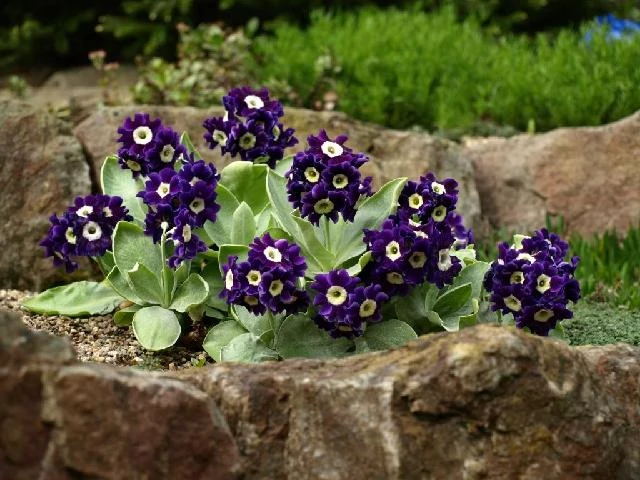At the end of winter, flowering primroses appear in the windows of flower shops. Flowers of various colors in the middle of green leaves enchant with their spring freshness. For the owners of these beauties brief recommendations for their care.
Primula, Primrose is a perennial herbaceous plant that forms a basal rosette with bright green leaves, above which are many beautiful flowers of the Primrose family. This flower got its name due to very early flowering. Care of primroses is simple, just choose the right place, watered from time to time, nourish and these beautiful flowers will give you the joy of the brightness of different colors.
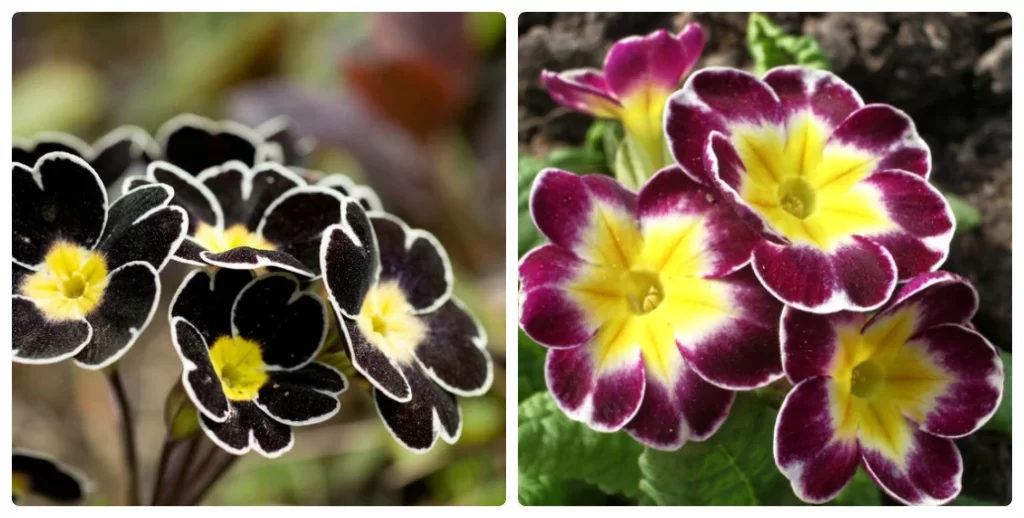
To date, there are 400-500 species of primroses. In the natural environment, primrose grows on wet river banks, meadows and rocky mountain embankments of humid temperate climate. It is most common in Europe, Asia, North America, China.
As a result of many years of work of breeders, many varieties of primrose have appeared. There are perennial, annual, indoor and open ground primroses; early and late flowering, different colors (yellow, white, red, purple, pink ….), with two-tone, terry, spherical flowers. Primrose flowers also differ in the size of the flower, bred dwarf species of primrose.
See primrose:
Primula-Cream, Primula-auricula, Primula-denticulata, Primula-acaulis, primula-cockburniana and others.

Primroses, in most cases, are grown as open ground plants that bloom in early spring. But there are also primroses – Primula obconica, which often cause allergies.
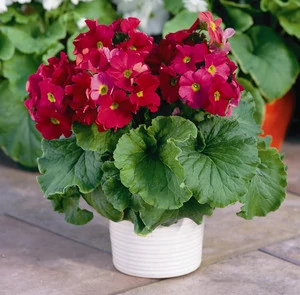
Sometimes, after transplanting or pruning primroses, flower growers complain of rashes and skin irritation on their hands (use gloves to prevent skin irritation), so it is better to put these beautiful flowers out of reach of children.
Despite allergic reactions, primroses are used in folk medicine: tea from flowers, acts as a sedative; young leaves in the spring are added to lettuce (rich in vitamin C). From the roots of Primula spring (medicinal) and Primula macrocalyx receive essential oils, which are used for medicinal purposes as an expectorant.
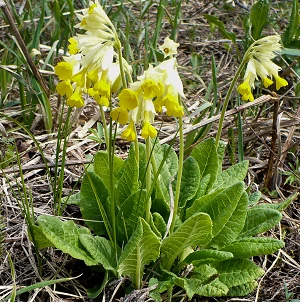
With a successful selection of species and varieties of Primrose can be admired for flowering until almost mid-summer, and some of them are able to bloom even again, decorating the garden or yard with bright colors of flowers in the autumn months.
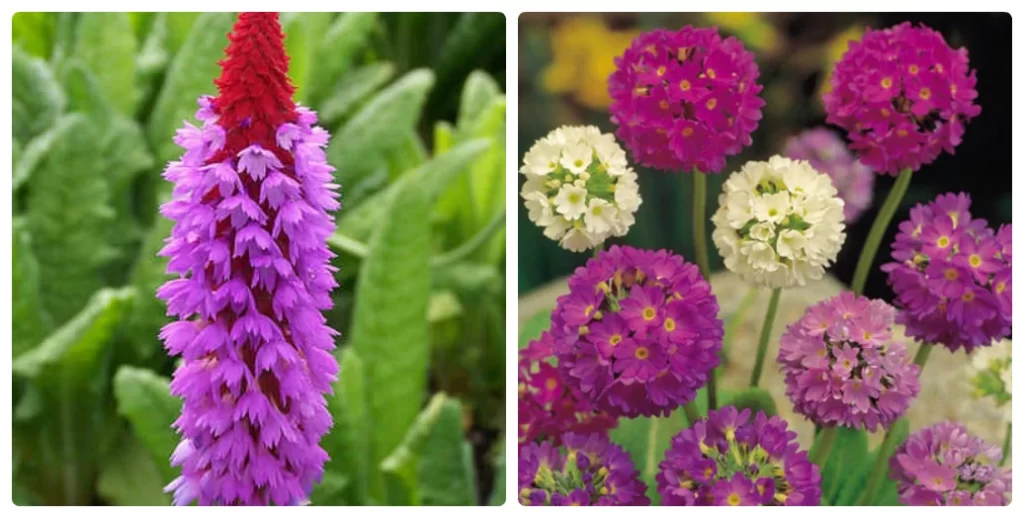
Primrose care
Primrose is considered a completely unpretentious plant – it is very easy to care for.
With proper care, these beautiful flowers will delight your eye with their abundant long-lasting color.
- air temperature
Indoor primrose (Primula_obconica) feels best in a cool room 16-20 degrees. To prolong the flowering period, the temperature should not exceed 16 degrees. After flowering the plant is transplanted into open ground or transferred to a cool room, in early autumn transferred to the house.
Garden primrose is completely dependent on the natural environment.
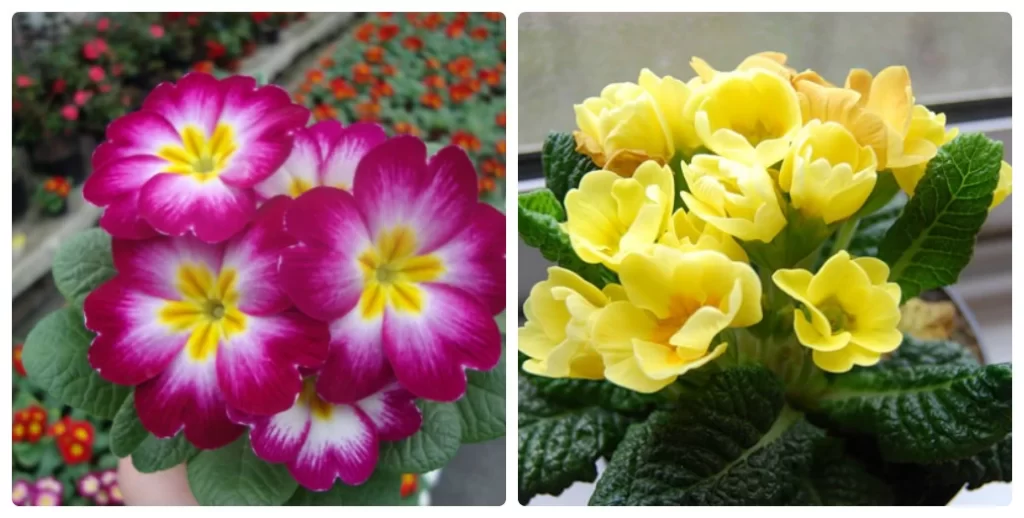
- Brightness of light
Indoor primrose needs bright diffused light, but does not like direct sunlight. East and West windows of houses are best.
- Watering and humidity
During flowering the soil should be moist but not watered, the roots will rot. It is better to water with soft or stagnant water. After flowering watered less, the top layer of soil should dry. Primula – unpretentious flower, does not require special humidity, but if the air is too dry, the primroses can dry out the tips of the leaves. In this case, spray.
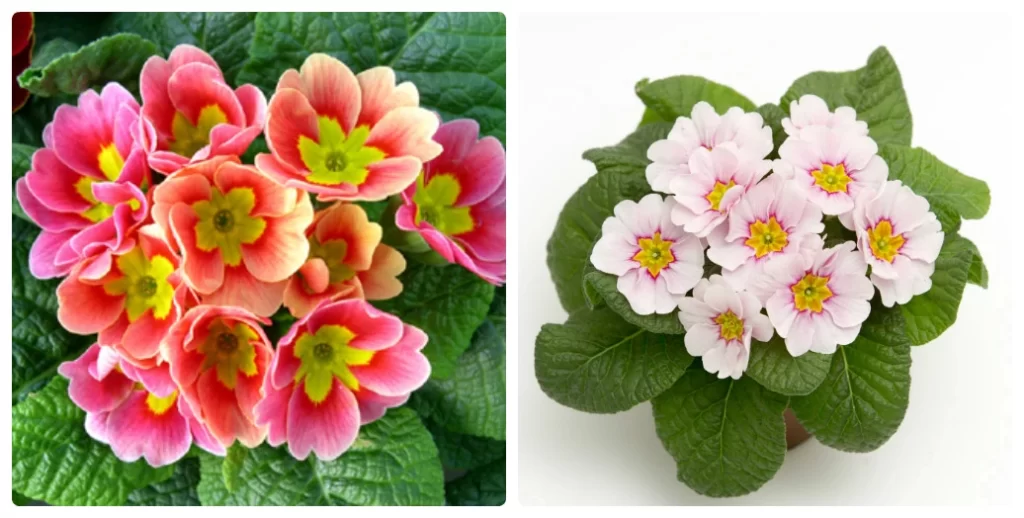
- Fertilizer for primroses
It is necessary to fertilize house primrose during the budding period (we see fertilizing buds) with fertilizers for flowering plants every 14 days.
- Primrose transplant
Indoor primroses are transplanted every year after flowering.
Land for transplanting can be bought in stores, choose for flowering, or do it yourself (see land for adding compost).
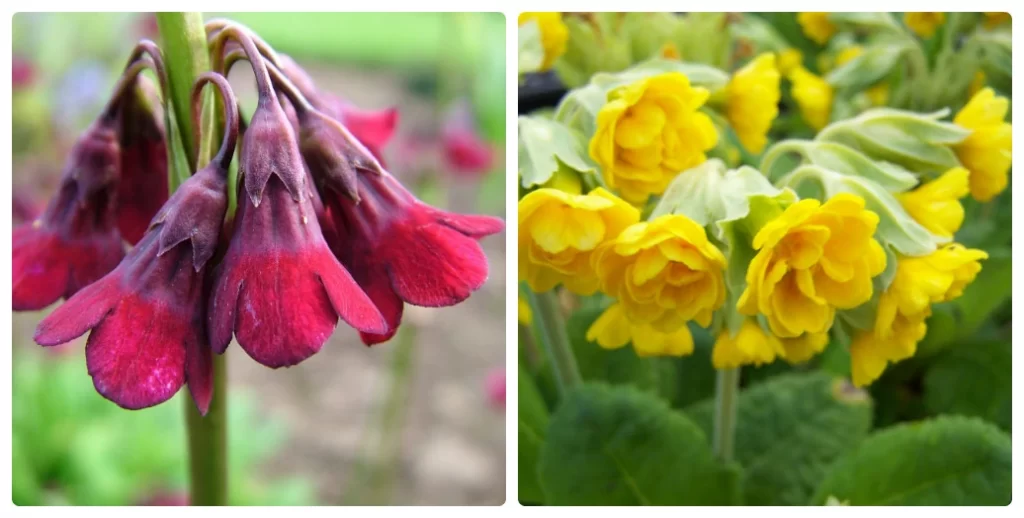
- Reproduction of primroses
Primroses are propagated in spring or autumn vegetatively and in June – July by seed.
Vegetatively: by dividing the bush when transplanting. Almost all garden species after transplanting into open ground grow, forming many rosettes.
- Care of primroses after flowering
Faded flower stalks are pruned. Transplanted into open ground. Or transferred to a cool room.
- Pests and diseases
Improper care can lead to pests such as spider mites and aphids.

